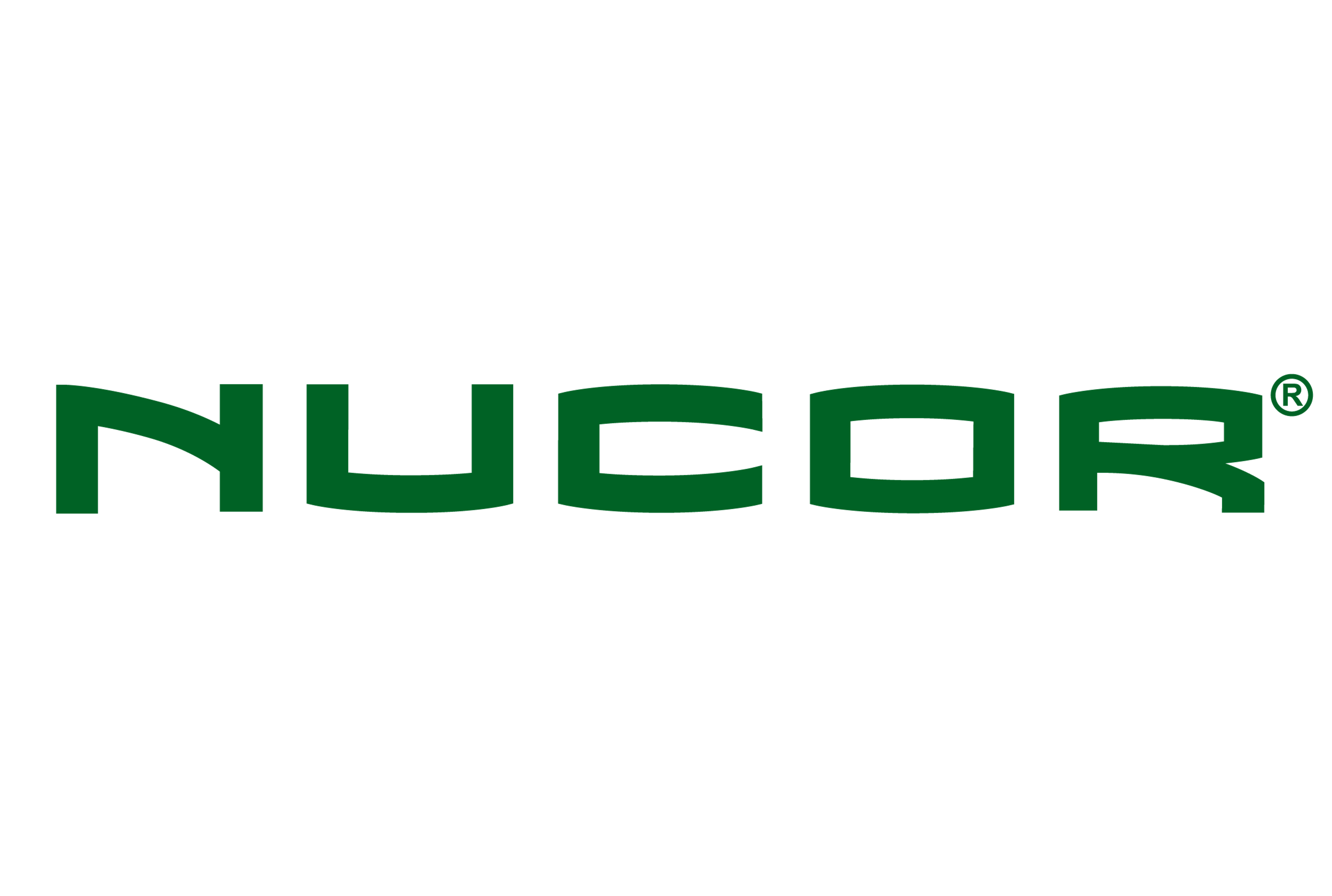Prices

May 28, 2015
Hot Rolled Futures: Prices Look Vulnerable
Written by John Packard
Steel Market Update closely follows the hot rolled futures market as a leading indicator of where “the money” is predicting HR steel prices to go in the future. We have added a new writer to our futures articles and he is very experienced in the trading of HRC futures, options and SWAPS. However, he has asked that his identity be kept confidential. Our new writer will rotate weeks with Andre Marshall of Crunch Risk, LLC.
For those who are unaware and would like to follow the futures markets closer, Steel Market Update has the HRC and ferrous scrap (BUS) forward curves posted at the bottom of our Home Page. We correct the numbers on a weekly basis (CME trading is done on a daily basis). You can also link to articles about the futures markets by clicking on the link at the bottom of the tables.
Steel Market Update also conducts workshops on hot rolled and scrap futures trading called: Managing Price Risk I and Managing Price Risk II. We are currently looking for a date to conduct a workshop in late July/early August in Chicago. More details will be coming out on this soon.
Here is today’s HRC Futures recap:
The recent round of price hikes appear to have done the job of setting a floor on prices, however, their efficacy in sending prices higher appears to be fading. With a weaker than expected index this Wednesday, albeit in a holiday shortened reporting period, market participants appear to be reevaluating their views going forward. Two weeks ago it looked as though the market was tightening , with lead times pushing out, raw material prices bottoming and a resurgence in optimism that mills would put a hard line under $440 /nt prices. Today the market appears much different. Demand does not appear to be picking up as much as previously thought, import offers continue to be aggressive versus domestic offerings and previously announced mill shutdowns are being cancelled.
What does all this mean for the futures market? Well, for one a strong futures premium in prices has been trading since the 4th quarter of 2015 and this premium looks to be dissipating. While still in contango, future periods which were pricing in a strong “hope” premium the past few months, should start to come under pressure as the reality of over supply in the cash market hits home.
This week we have seen a very quiet market in terms of volumes with around 15,000 nt trading primarily on cal 16 periods. The forward curve has moved down approximately $5 / ton with expectations that another $5-10 / ton deterioration seems likely over the next few weeks.
Below is an interactive graph of the HRC Futures Forward Curve. The graph can only be seen when reading this article while logged into our Steel Market Update website:
{amchart id=”73″ HRC Futures Forward Curve}
Another one of our interactive graphs is below with the BUS (CME Busheling Scrap) forward curve.
{amchart id=”74″ BUS Futures Forward Curve}







